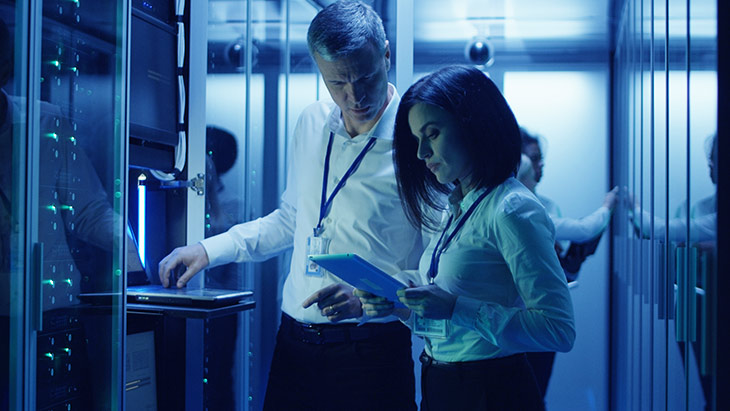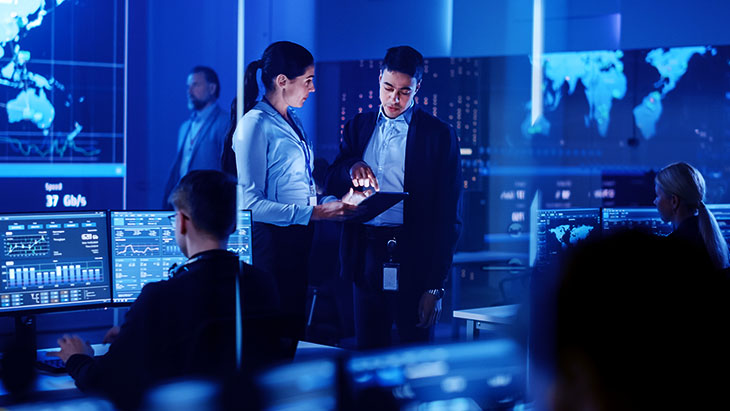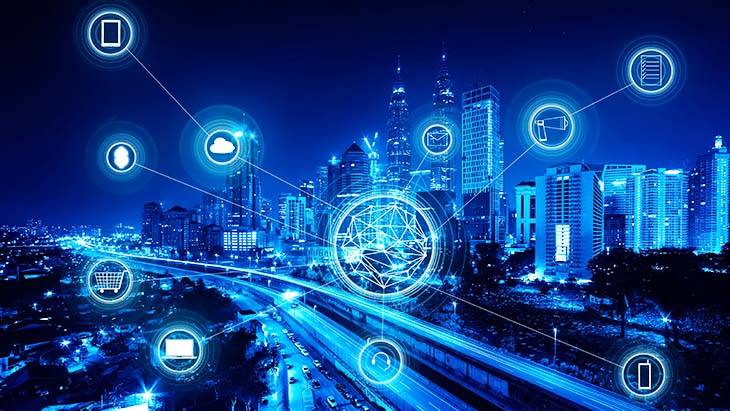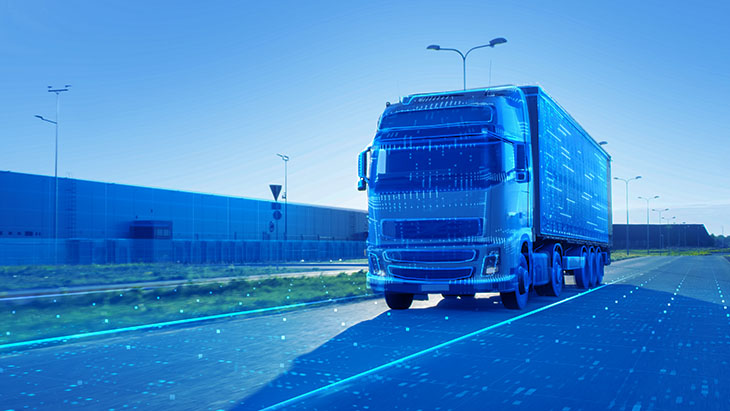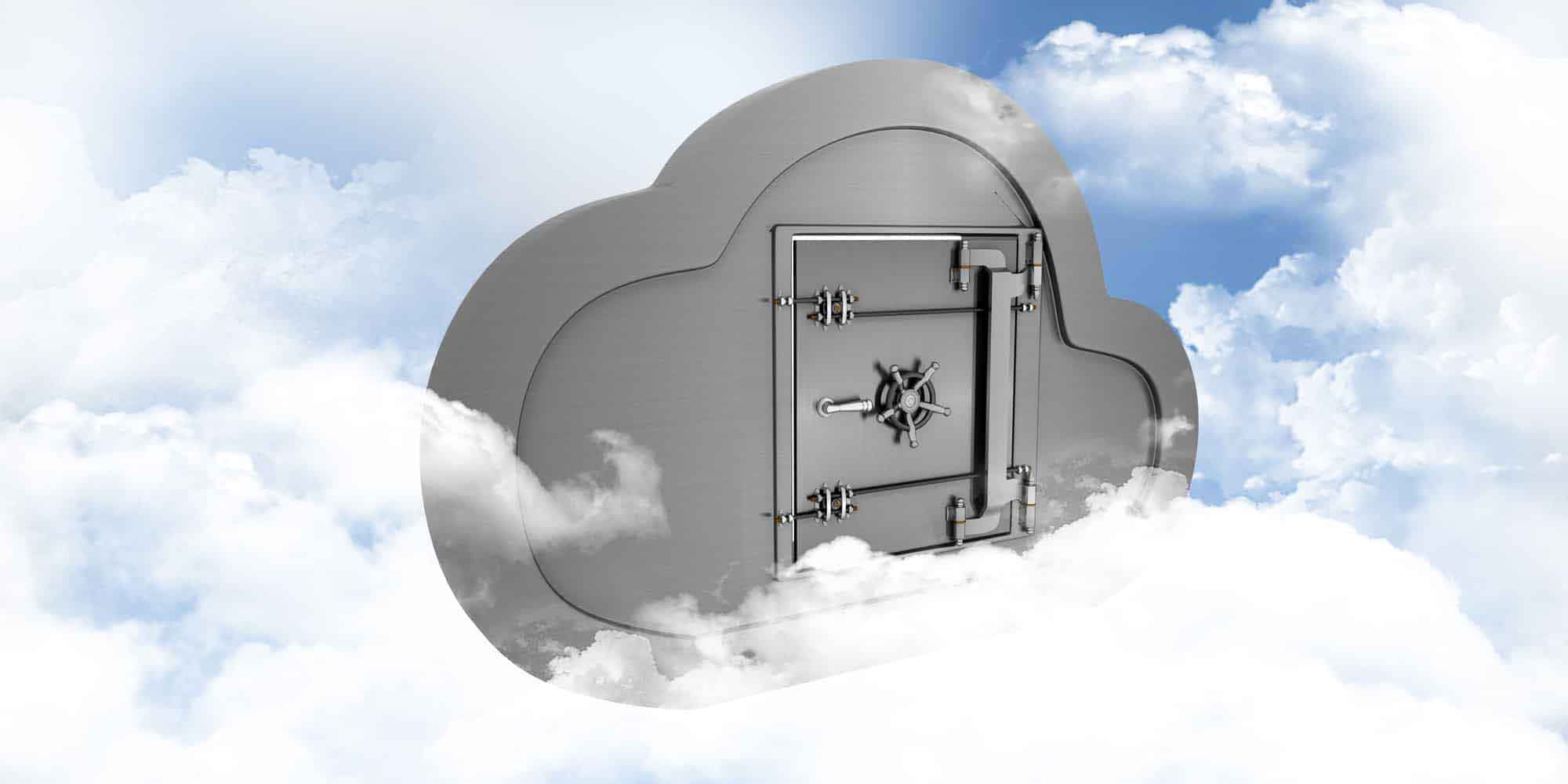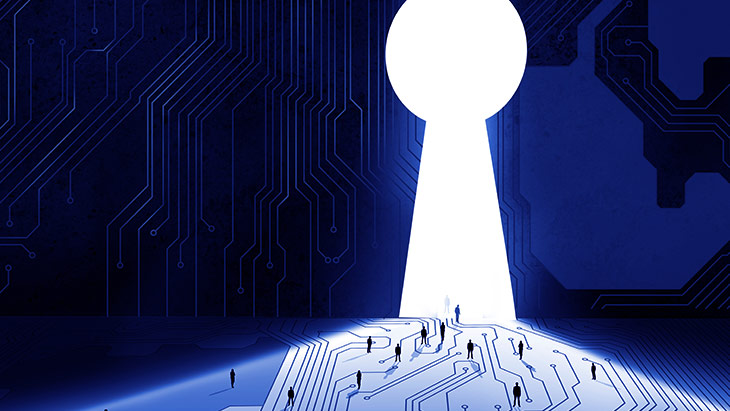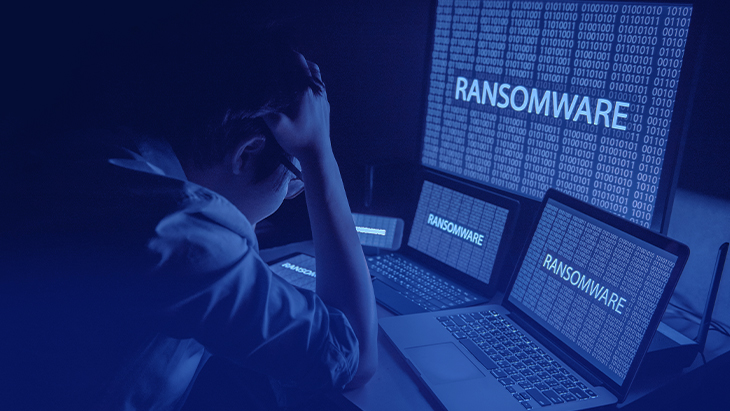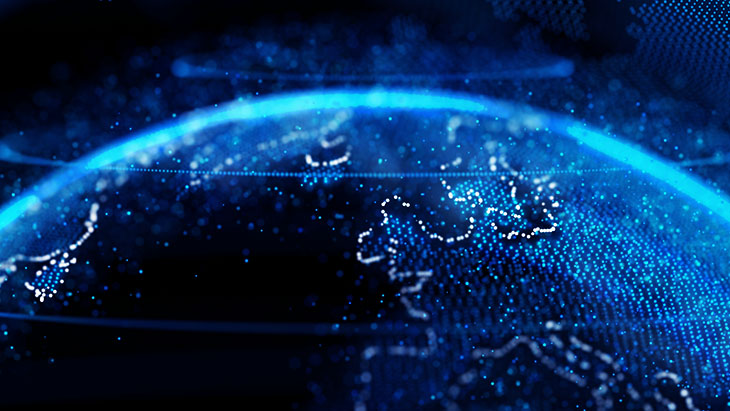
Global Risks Report and Cybersecurity Overview
Cyberthreats have emerged as one of the most significant global risks, according to the World Economic Forum's (WEF) annual Global Risks Report. According to the report, cyberthreats have a wide impact area both locally and nationally in terms of economic, geopolitical, and sociological aspects. Digitalization, which has accelerated significantly with the pandemic process, is effective in making cyberattacks more aggressive and at a large-scale. So as cyber threats become more and more serious, they are also included in the Global Risks Report prepared by the WEF. Let’s take a look at the cybersecurity overview of the report together.
Cybersecurity's Position Among Global Risks
Cybersecurity issues are a result of the increased adoption of technology in all aspects of daily life. Malicious software (malware) has climbed by 358%, and ransomware has increased by 435%, according to the Global Risks Report 2022. As stated in the report, human errors account for 95% of cybersecurity errors, and the professional human resource gap in the field of cybersecurity now stands at 3 million. While it is agreed that the increase in the tendency to digital systems in the last 20 years has manifested itself as digital addiction in all aspects of life, particularly with the COVID-19 pandemic, it is also agreed that the increasing reliance on digital technologies is a key factor in the emergence of various cyber risks as well as the conveniences they provide.
Because cyber risks are connected with all aspects of life, from the individual to the social life, and from the economy to the business life, they are specifically analyzed in the Global Risks Report. Digitalization is now pervasive in all aspects of life, from individuals to institutions. The internet, which connects the entire world, and technology, which is adaptable to all business processes from basic grocery buying to travel planning, from production to service, creates a cyberthreat environment. Every part of the digital environment, including basic e-mail use, reservations, shopping, and social media, poses the risk of slipping into the hands of cyberattackers for individuals. On the one hand, there is a quick transition to digitalization on a regional or worldwide scale in order to adapt to the times and remain competitive; on the other hand, developing security vulnerabilities are crucial in failures experienced in this transformation. As reported by, 85 out of 100 companies get hacked at least once per year. Cyberattacks can jeopardize societal order while also generating reputational damage, insecurity, and financial loss.
Digital systems and technologies, which have become more widely used in the last 20 years, have altered working models as well. With the rise of remote working as a result of the coronavirus pandemic, there has been a rise in the use of devices and platforms that allow data sharing, data storage and protection, cloud systems, APIs, and other technology-related intermediaries. In addition to the models developed for remote working, systems combining many technologies such as the internet of things (IoT), artificial intelligence (AI), 5G technology, 3D virtual networks, and blockchain are becoming more widespread. As it was stated in the report, the next version of the internet, which will be based on the blockchain, will have far more advanced versions of these technologies in the future. This means every technological step that evolves and develops leads to the emergence of new security vulnerabilities and cyberrisk models.
In a sense, the Global Risks Report illustrates the rise in cyberattacks as a result of growing technologies between 2013 and 2020, as well as the risks that this situation may cause in the future. In 2013, the pecuniary damage rates inflicted on data-enriched companies by ransomware actors amounted to $0.51 million worth of cryptocurrencies, compared to $406.34 million in cryptocurrencies in 2020.
Increasing Cybersecurity Vulnerabilities with the COVID-19 Pandemic
Industry, public institutions, products and services, education, working life, and social life have all been rapidly digitalized as a result of the COVID-19 epidemic. E-commerce, remote working, video conferencing, virtual offices, and remotely managed smart systems are now commonplace in almost every sector. The work-from-home method necessitated granting access to the company system to a significant number of employees. This situation, of course, makes information, or data, accessible to everybody and vulnerable to attacks. Mobile living is becoming more prevalent, and the number of online employees and customers is rapidly expanding, necessitating more extensive security measures. Malicious actions rise as platforms vary as technology advances, information becomes more accessible, security flaws become more prevalent, and people become more defenseless against these vulnerabilities. In addition, cyberattackers, both individually and institutionally, consider moments when attention is focused on crises, such as pandemics and natural disasters, as opportunities. As a result, according to the Global Risks Perception Survey (GRPS), cybersecurity failure is among the top ten most critical risks to have increased since the start of COVID-19.
Some recent attacks demonstrate the need to investigate how harmful cyberattacks on major and strategically critical systems like banking, healthcare, GPS, and air traffic control systems can be. For example, cybercriminals recently cloned the voice of a company director and transferred $35 million to fake accounts. Another example is, in the United Kingdom, an increase in online shopping in 2021 compared to 2020 resulted in a 117% increase in internet banking fraud rates. Cyberthreats, which are increasing in direct proportion to the COVID-19 pandemic's increased digitalization, cause intangible outcomes such as insecurity and reputation loss, in addition to tangible outcomes. Individuals, societies, businesses, and governments are all at risk of becoming more insecure. According to the report, the secure deployment of digital technology is critical to the well-being of every individual, organization and country. In other words, digitalization is considered as one of today's world's foundations for a stable, quality, and prosperous living. However, if sufficient attention is not paid to cybersecurity in the context of digitalization, the situation could become one of the most significant sources of social and economic problems.
Protect Your Data and Access from Cyberthreats
For every sector, data loss as a result of a potential cyberattack or security vulnerability represents a loss of reputation as well as financial losses. Failure of your current digitalization measures, inability to earn a return on your investments, customer dissatisfaction, share depreciation, and financial crisis can all result in serious consequences. As we saw in the examples above, even accessing the data of a manager's voice might lead to unfavorable situations for your institution. Whether on the Internet or not, every data that has been moved to the digital environment, particularly in corporate terms, must be protected at the same time. To be protected from all of these potential risks and effects, it is critical to make the appropriate investments in cybersecurity and digitalization. On the other hand, whether you're a private corporation or a public institution, you'll need to secure your databases and sensitive data in compliance with security policies and data regulations like KVKK, GPDR, and HIPAA.
Single Connect provides a comprehensive solution for securing database access and protecting critical data. Privileged session manager, two-factor authentication, dynamic data masking, and dynamic password controller are all part of Single Connect, an advanced Privileged Access Management (PAM) system. The system, which is appropriate for usage in public institutions, medium or large enterprises, allows you to both protect your data from malicious people and perform detailed and controlled access management. PAM infrastructure can help you manage your company's privileged accounts and prevent data theft from outsiders with all users you've given privileged access to, and you can provide end-to-end data protection with all Single Connect modules.
Kron’s Single Connect, which is also included in the Gartner Magic Quadrant for Privileged Access Management report, is made up of comprehensive modules that defend institutions from both internal and external cyberthreats. Let's take a look at the modules of Single Connect, one of the world's leading PAM solutions:
- Privileged Session Manager: The module also known as PSM, safeguards access to critical systems for all authorized users. This solution prevents unsupervised access to critical systems, which you can maintain under control by monitoring user actions.
- Dynamic Password Controller: The module performs the random and strong creation of passwords, automatic password assignment to your target host, storage and management of sensitive data such as your digital credentials and private passwords, and maintains all passwords in secure forms encrypted in a unique digital vault.
- Two-Factor Authentication: It provides a higher level of security in the two-factor authentication method, with hard passwords, location verification, and scheduling options in login processes, to protect against risks like cyber fraud.
- Dynamic Data Masking and Database Access Manager: It allows you to regulate and manage allowed accesses while giving you access to the database from a single point. It keeps track and logs all of the sessions by identifying who has access to sensitive data in the database. With its dynamic data masking feature, it accesses sensitive digital assets by showing masked data rather than real data.
- Unified Access Manager: Thanks to support for Active Directory/LDAP, TACACS+, and RADIUS, it provides integrated authentication and authorization for various infrastructure systems and devices.
- Cloud PAM: Customers' cloud-based assets are protected. It audits all cloud-native and software-based networks quickly and securely.
- Privileged Task Automation: It enables everyday workflows to be completed automatically without requiring users to provide a password or login authorization.
You can provide a high level of protection against cyber risks with Kron Single Connect, which is listed among the world's leading Privileged Access Management Solutions in the Omdia Universe: Selecting a Privileged Access Management Solution 2021–22 report.
And additionally, Kron is honored to be named as a "Strong Performer" in the Gartner Peer Insights 'Voice of the Customer': Privileged Access Management report, with a 4.9 out of 5 evaluation score, where customers evaluate IT services and solutions. If you need the enhance your access security infrastructure feel free to contact us to learn more about Single Connect.
